Last updated 2/2022
MP4 | Video: h264, 1280×720 | Audio: AAC, 44.1 KHz
Language: English | Size: 4.97 GB | Duration: 3h 46m
Permaculture forest garden, permaculture front yard garden, Permaculture ethics, Propagating plants, Regenerative agric.
What you’ll learn
Difference between permaculture and organic farming
Theoretical foundation of permaculture
Permaculture foundational ethics
How to create a front yard permaculture garden
How to design a permaculture forest garden
How to start a market garden ( step by step)
Regenerative agriculture ultimate guide
How to propagate plants: A guide to plant cuttings
Green manure
The top herbs for permaculture
Reasons to grow borage in the permaculture garden
Common permaculture practices
Requirements
No requirement
Description
Permaculture is an approach to land management and settlement design that adopts arrangements observe in flourishing natural ecosystems. It includes a set of design principles derived using whole systems thinking. It applies these principles in fields such as regenerative agriculture, town planning, rewilding, and community resilience. Permaculture originally came from permanent agriculture, but was later adjusted to mean permanent culture, incorporating social aspects. The greater notion behind permaculture is that we all should use our natural resources including land in a more effective and productive way without destroying the land which will have greater implications for our generations yet unborn. The ethics of permaculture care for humanity and preaching the concept that we should all understand that our environment is there to save us all because the environment has a very big role to play in our own well being. When we all understand and adopt permaculture practices and stop degrading the land and our environment it will help all of our generations to grow and eat a healthy food.The world need food to avoid the hunger situations we are experiencing now, but you and l have a very big role to play to ensure that we all contribute. How we can design our front yard to ensure that we use it for permaculture garden or farming is very important. First we all need money in other to plan a permaculture garden by getting the right nursery of seed which will give us a head start, we also need time and effort to ensure that we can maintain our front yard garden. Front yard garden cannot take the whole pathways we need to ensure that there is good walk way so that we can walk through easily, in designing this let make sure that we do not forget the permaculture principles. Planting permaculture herbs must be done in a professional way and also by selecting the best herbs for planting that will give us much benefits such as dandelion, yarrow and lemon balm etc. All permaculture practitioners must ensure that they always use natural things in the preparation of their farm before planting such as the usage of green manures which are chemical free and can give good yields with no side effects. The practice of permaculture should be apply in every aspects of our life to ensure a safe environment and a save society.
Overview
Section 1: Introduction
Lecture 1 Introduction
Lecture 2 What is permaculture
Lecture 3 Difference between permaculture and organic farming
Lecture 4 Benefits of permaculture
Section 2: Permaculture Foundational Ethics
Lecture 5 Care of the earth
Lecture 6 Care of people
Lecture 7 Return of surplus to earth and people (also called fair share)
Section 3: Theoritical Foundation Of Permaculture
Lecture 8 Design principles
Lecture 9 Layers
Lecture 10 Guilds
Lecture 11 Edge effect
Lecture 12 People care
Lecture 13 Cultural change
Section 4: How To Create A Front Yard Permaculture Garden
Lecture 14 What is permaculture in a front yard
Lecture 15 Getting rid of grass
Lecture 16 How to design a permaculture front yard
Lecture 17 Designing with permaculture principles in mind
Lecture 18 What can you do with a small front yard
Lecture 19 Plant to choose for a permaculture front yard
Lecture 20 Pros and cons of a permaculture front yard
Lecture 21 Ways to incorporate permaculture into your existing front yard design
Section 5: How To Design A Permaculture Forest Garden
Lecture 22 What is forest garden
Lecture 23 Why create a forest garden
Lecture 24 The forest garden design phases
Lecture 25 Step 1:Choose a general layout
Lecture 26 Step 2:Plan your infrastructure
Lecture 27 Step 3:Make a master lists plants
Lecture 28 Step 4:Create plant guilds
Lecture 29 Step 5:Create patch design
Section 6: How To Start A Market Garden
Lecture 30 Do research
Lecture 31 Find some land
Lecture 32 Plan your crops and production
Lecture 33 Prepare your soil
Lecture 34 Plant your crops
Lecture 35 Maintaining your crops
Lecture 36 Harvesting
Lecture 37 Cleaning and storage
Lecture 38 Selling / delivering produce
Section 7: Regenerative Agriculture Ultimate Guide
Lecture 39 What is regenerative agriculture
Lecture 40 Why use regenerative agriculture
Lecture 41 Examples of regenerative agriculture
Lecture 42 Myths about regenerative agricullture
Lecture 43 How can I support regenerative agriculture
Section 8: How To Propagate Plants:A Guide To Plant Cutting
Lecture 44 What Is Plant Propagation
Lecture 45 Different methods of plant propagation
Lecture 46 Asexual propagation techniques
Lecture 47 What is the best way to propagate plants
Lecture 48 How to propagate plants using cuttings
Lecture 49 What are the easiest plants to propagate
Lecture 50 How is plant propagation used in permaculture
Section 9: Green Manure
Lecture 51 What is green manure
Lecture 52 Why use green manure
Lecture 53 Advantage of green manure
Lecture 54 Disadvantages of green manure
Lecture 55 Types of green manure
Lecture 56 How to choose green manure crops
Lecture 57 How to plant green manure
Lecture 58 How to use green manure crop
Section 10: Reasons To Grow Borage In The Permaculture Garden
Lecture 59 Growing borage
Lecture 60 Chop -and -drop mulch to suppress weeds
Lecture 61 Catch nutrients to aid soil health
Lecture 62 Companion planting in the vegetable garden with borage
Lecture 63 Planting borage with fruit crops
Section 11: The top herbs for permaculture garden
Lecture 64 Dandelion and yarrow
Lecture 65 Fennel and chamomile
Lecture 66 Comfrey and chives
Lecture 67 Clover and lemon balm
Section 12: Common Permaculture Practices
Lecture 68 Common permaculture pratices
Farmers, gardeners, horticulturalist, agricultural officers, extension officers, farmers associations, governments, agricultural ministries, institutions, students, geologist, agricultural consultants, farm managers. farm owners, farm workers, food suppliers, UN food agency, managers, CEO, directors, policy makers, everybody etc.
HOMEPAGE
https://anonymz.com/?https://www.udemy.com/course/permaculture-design-plant-production/
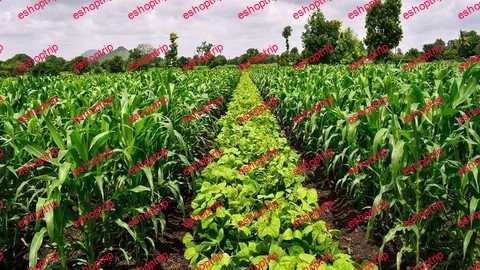


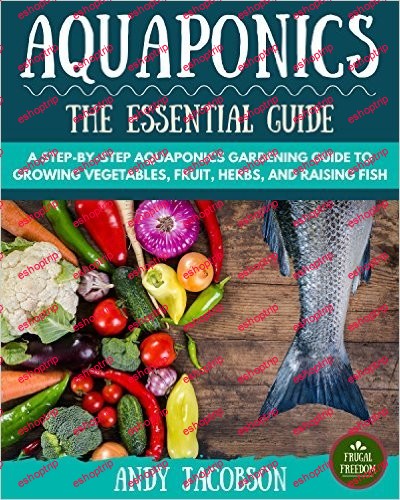

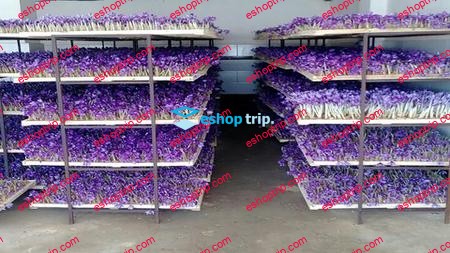
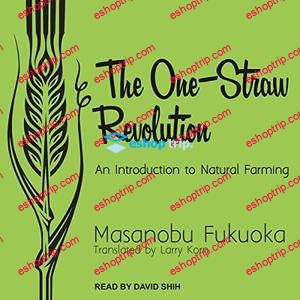


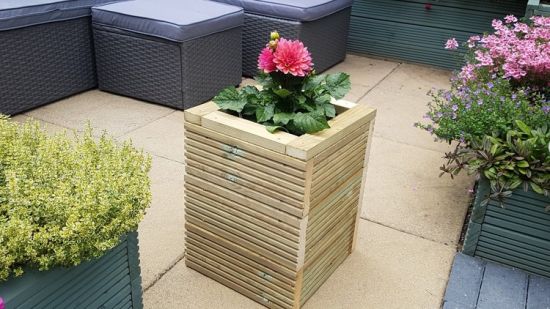

Reviews
There are no reviews yet.